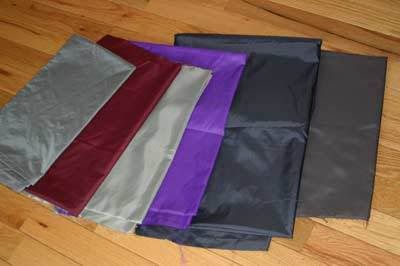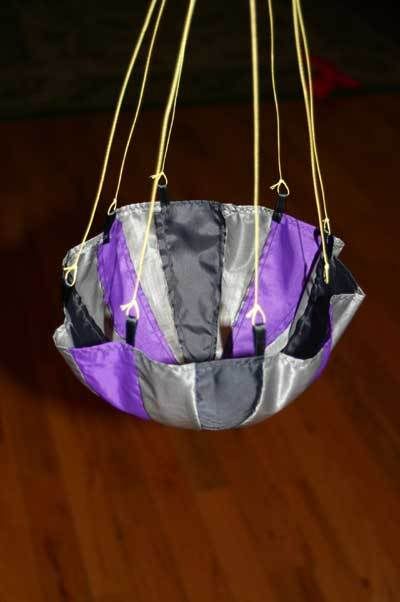Hello:
I'm looking at several online vendors who supply 1.1oz ripstop nylon for making my own parachutes (12" to 48"). They offer it in uncoated and silicone coated. Most vendors have more color choices available in coated ripstop. Can anyone share an opinion as to whether the coating will affect parachute performance?
Thanks!
ghp3
I'm looking at several online vendors who supply 1.1oz ripstop nylon for making my own parachutes (12" to 48"). They offer it in uncoated and silicone coated. Most vendors have more color choices available in coated ripstop. Can anyone share an opinion as to whether the coating will affect parachute performance?
Thanks!
ghp3





